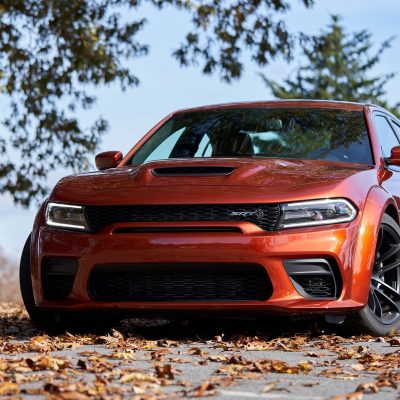Estonia is one of the three Baltic countries, including Latvia and Lithuania that lost their independence and were forced to join their bigger neighbour, the Soviet Union. Although that time is still a recent memory, Estonians are firmly looking forward and there’s a welcome optimism in the air.
In the far east of the country, the other bank of the Narva River in Russia and a solitary patrol boat is keeping Estonian fishermen on their side of the water.
The Friendship Bridge connects the two countries, big trucks queuing to cross the international border, but otherwise, all is calm. It’s just 30 years since Estonia became independent, after the collapse of the Soviet Union and a lot of water has flowed under the bridge since then.
Narva
The majority living in Narva still speak Russian and the former industrial city is waiting for redevelopment. The Kreenholm Manufacture was the largest textile complex in Europe and the most modern in Russian, with 20,000 workers at its height. It finally closed and everything was ripped out leaving just a shell. It’s an extraordinary place, occupying a huge on an island in the middle of the river, and the 19th-century buildings are protected, just dreaming of new projects.
The future is brighter for Narva’s, dating from the 13th century and one of the best-preserved in Estonia. Topped by the 50m Hermann Tower, it faces its Russian counterpart, the Ivangorod Fortress, on the other side of the river. Inside is an excellent interactive museum detailing through the ages and the surrounding grounds house one of the few remaining statues of Lenin in Estonia. From here it’s possible to take a cruise to the nearby spa resort of Narva-Jõesuu with its long sandy beach.
Sillamäe
30 minutes west of Narva-Jõesuu, Sillamäe was a 19th-century summer popular with Russian artists and musicians including Tchaikovsky. It vanished from the map, however, after, when Uranium was discovered here and a processing plant was built. Elite scientists came here to work and Stalinist Neoclassical buildings sprung up in the centre to house them.
Tallinn
I arrive in the capital, Tallinn, and wandering around the delightful old town, there’s little sign of the Soviet era. Indeed, wandering the narrow, cobbled streets takes you back to the 15th century. It splits into two levels, the upper fortress, cathedrals and seat of government and the lower, the merchant’s houses and concealed courtyards of the Hanseatic League.
The port here played a major part in the trade between Russia and German cities on the Baltic between the 14th and 16th centuries and in the 20th was a base for constructing Russian submarines.
All are long gone and extensive development is taking place in Noblessner with new apartments, shops, galleries and restaurants. There’s even a group of Igluhuts grouped on the quayside, functioning as individual saunas.
Regeneration is also happening in the Telliskivi, the former industrial area on the wrong side of the railway tracks. Ten abandoned factory buildings house a variety of restaurants and galleries including Fotografiska, an internationally recognised museum of photography.




